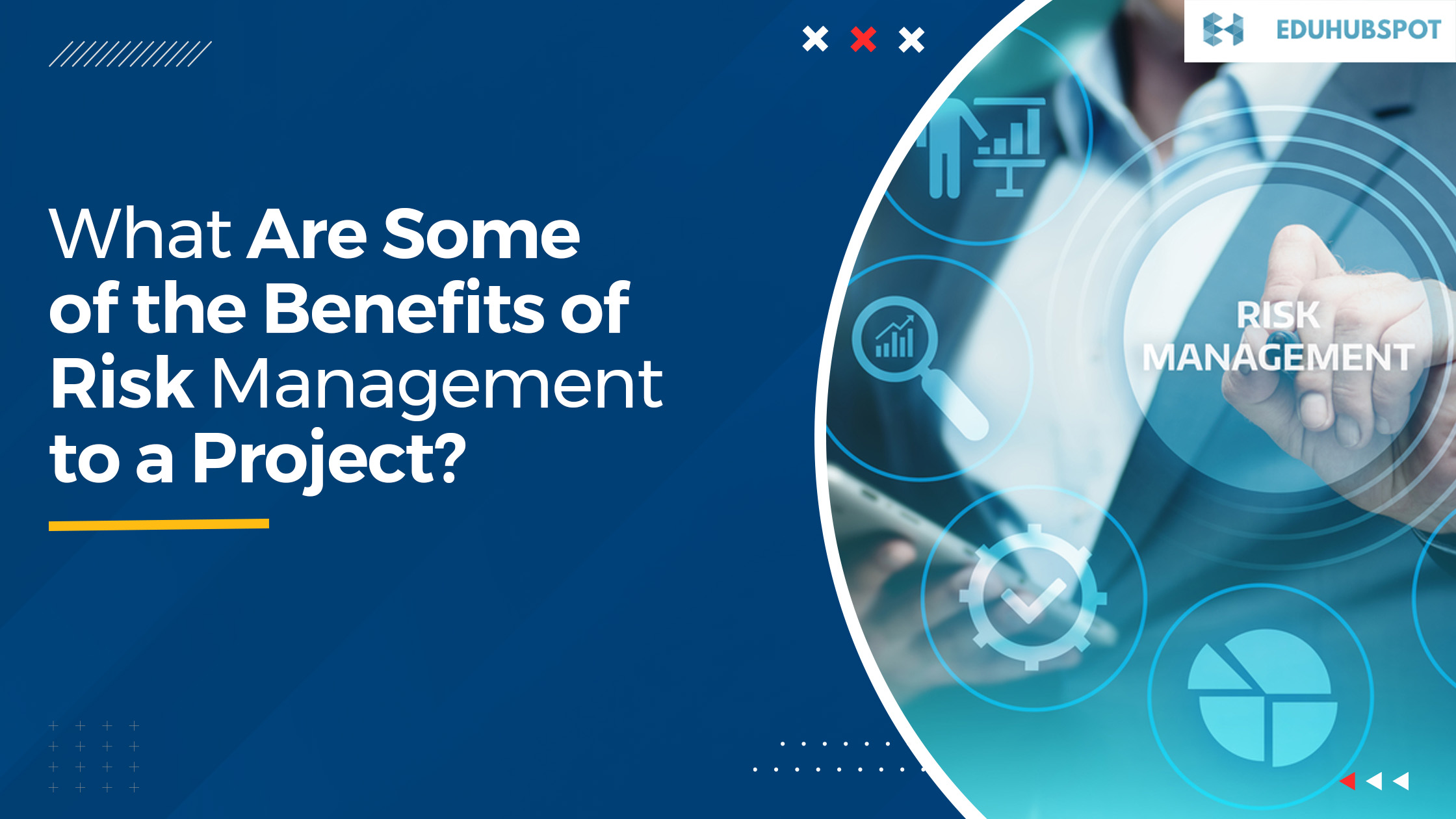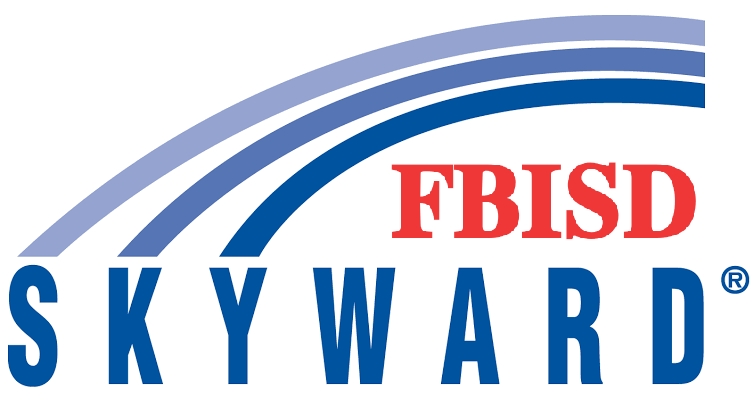Project risk management is a crucial aspect of project control for project managers who adhere to the PMI doctrine. The four main process steps of project risk management are identification, assessment, control, and monitoring. Initial project planning will start this cycle, which will recur periodically throughout the project.
Compared to their peers who are not engaging in risk management, PMs who do so will be in a stronger position because they will have a better understanding of their project and the environment in which it is carried out.
With the benefits of risk management, managers can examine every aspect of their project, including internal and external threats as well as resource, technical, cost, schedule, and scope risks. The project team will identify, evaluate, address, and designate personnel to monitor each risk deserving of ongoing observation through a lens of what could go wrong.
Attending PMP bootcamp is the best way to learn risk management and individual risk mitigation strategies will be combined into comprehensive project contingency plans. Here, we’ll look at the advantages of creating, sustaining, and improving an enterprise-wide program and the importance of risk management.
1 – Recognizing problematic projects
Troubled projects are easier to spot thanks to benefits of risk management. Single-risk events will be identified, evaluated, and responses will be planned, as was mentioned in the introduction. These occurrences add up to a project risk score overall.
High probability/high-impact risk events will cause initial planning to raise red flags. By its risk trajectory, the project’s trajectory can also be evaluated. If project development leads to an accumulation of risk, it is obvious that this is a troubled effort and that prompt action is required.
2 – Fewer Surprises in the Project
A strong risk effort merely lessens surprises. Of course, there will always be unforeseen events, or so-called unknown unknowns, that occur despite risk management. However, they don’t need to be as painful or as numerous. The project team must be aware of its event horizons and be ready to respond to risk events as they arise thanks to risk management.
3-Improved Data Quality for Decision-Making
Better quality data means that you’ll need data to analyze your situation to properly perform project risk management. You need scheduling data to assess the risks of your schedule. Therefore, you must have the capability that permits said evaluation in place. You must have access to technical knowledge to assess technology risks.
Depending on where you are in the project life cycle, not having the data needed to assess risks is unavoidable. However, you are certain that you do not possess it now. You are aware of your needs, so the information gap in and of itself requires attention.
4- Improved Communication
Benefit 3 notes improved data quality as a benefit. What do you do with that information then? The group uses it initially for decision-making. Second, and most importantly for us in this case, the communication of risk information will require its communication channel, which will be covered by a RIC process.
The requirements for sharing risk information throughout the organization will be outlined in a risk management plan that is properly implemented.
Depending on where you are in the project life cycle, not having the data needed to assess risks is unavoidable. However, you are certain that you do not possess it now. You are aware of your needs, so the information gap in and of itself requires attention.
5- More Reliable Budgets
Indeed, improved data quality is the cornerstone of many benefits of risk management. The accuracy of the budget will improve once risk information is available.
In addition, it will make it possible to calculate a contingency budget rather than just imposing a standard contingency “fee.”
6 – Clearly Stated Goals
Everyone wants their technological endeavor to be as successful as they had hoped. And everyone is generally disappointed all the time. The activation of risk contingencies, however challenging, is at least perceived as logical and planned, if not pleasant if the stakeholders fully comprehend project risks. Eduhubspot provides the best training to become a project manager who can easily handle risk management.
7 – Teamwork
Team members outside of their respective specialties will be engaged and focused on during the project planning process in general and the risk management process in particular. According to my experience, I’ll say that nothing motivates individual team members like being given ownership of risk and accountability for its management.
8-Integration into Risk, Issues, and Changes (RIC)
By utilizing a combined Risk-Issue-Change process, the successful project manager must not only manage uncertainty but also engage the known issues that arise during project execution. Read Change as Project Change Control, the formal procedure by which the baseline schedules and plans for project performance monitoring that have been approved are changed.
Project risks are problems that could happen, while project issues are problems that have already happened. The gist of RIC is that risk management identifies potential issues that, if and when they materialize, become problems. Following that, issues are managed with the possibility that their effects will necessitate project changes.
Conclusion
Of course, not everything that glitters is gold. Programs for risk management haven’t always worked out as well as we might have hoped. Yet why? If the benefits of risk management in projects listed above are accurate, it would seem that technology projects have been waiting for “good” risk management. The word, “good,” can sometimes be a little illusory.
What goes in must come out. Gaining the advantages of risk management requires work and a certain skill set. And as numerous studies have demonstrated, project teams are willing to ignore risk management entirely or to only give it a token amount of attention.
Risk management for projects is not free. It adds significant overhead to the project (especially during project planning). This trade-off must be evaluated by each organization for itself, both at the project level and at the overall enterprise level. Because project risk management is regarded as a somewhat ambiguous area of project management, there is a dearth of empirical benefit/cost data for this estimation.


